Cavallino Rampante, Peter Shenai
Hello. First post from me, Peter Shenai 🙂 I thought I’d start with something that lends itself to the digital format, and so I’ve made a Gif…
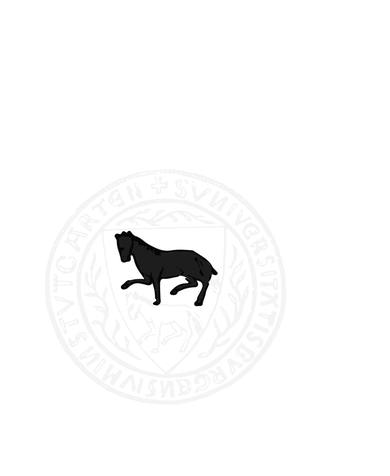
This Gif animation – showing a horse seeming to rear up and settle down indefinitely – is composed from pre-existing Logos & Heraldic symbols of horses, ranging from a Roman insignia, to medieval heraldry, through to a Belgian techno record label. As I discovered in my research, each of these symbols are deeply connected – their histories are strangely intertwined…
Horses Drawn from different heraldic/branding contexts
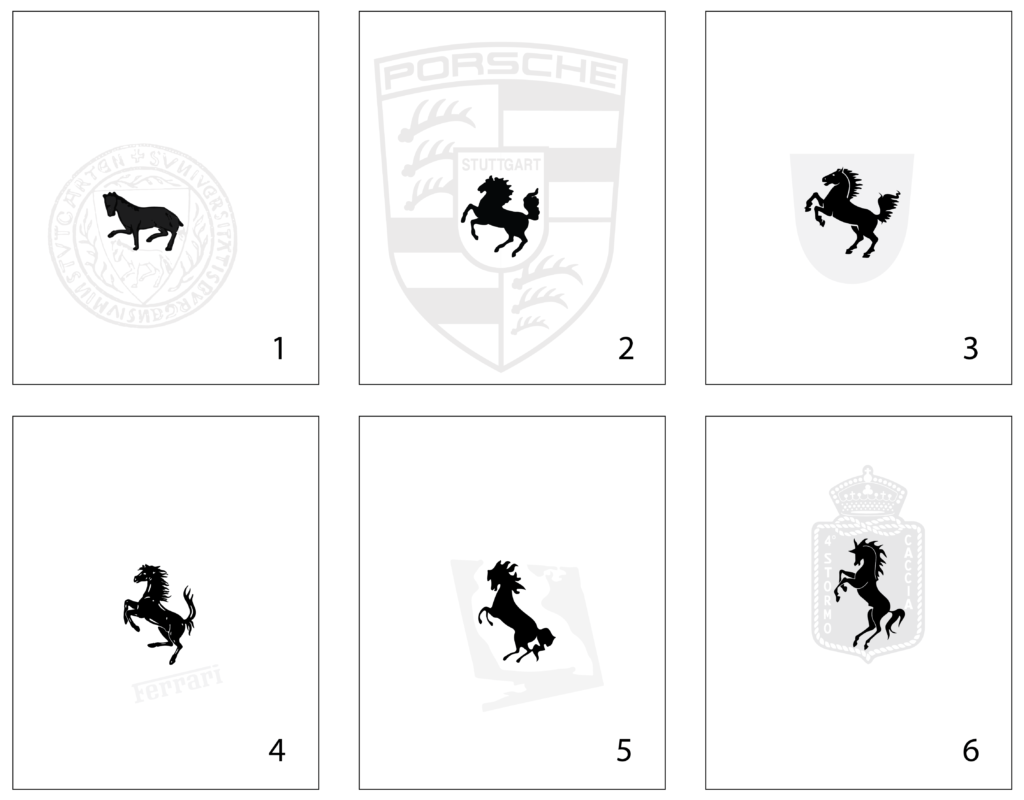
2. The Porsche logo
3. The modern coat of arms for Stuttgart
4. The Ferrari logo
5. Francesco Baracca’s prancing horse
6. The ensign of the 4º Flock of the Italian Air Force
Horse No. 5 is taken from a lesser-known 20th C. painting. Specifically, a painting of a horse on white cloud, which decorated the side of a WW1 fighter jet piloted by Italy’s top fighter ace – Francesco Count Barraca. His prancing horse symbol – not exactly a subtle self-characterisation – was well known and even imitated by his subordinates, who also used it to decorate the sides of their planes.
Baracca died near the close of the war, in an exchange with an Austrian pilot, but his horse lived on: attending an automobile race in 1923, Barraca’s mother – Countess Paolina – saw a young Enzo Ferrai clinch a win, and felt moved to bequeath him her son’s horse
“When I won my first Savio Circuit in Ravenna in 1923, I met Count Enrico Baracca and Countess Paolina, parents of the flying hero. One day the Countess said to me, “Ferrari, why don’t you put my son’s prancing horse on your cars? It’ll bring you good luck.” The Horse was and will always be black; I added the canary yellow background, the colour of the city of Modena.”
Enzo Ferrari
Since that point Barraca’s horse – modified to suit Ferrari’s tastes – has been printed on every car ever made by Ferrari.
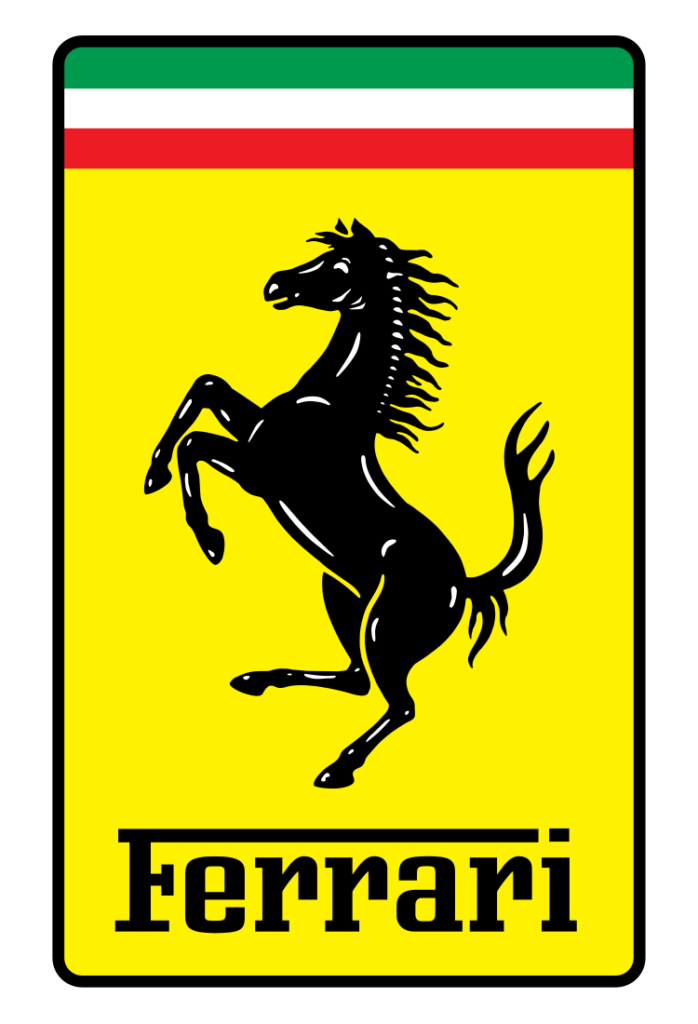
In the 80s, techno record label R&S records adopted Ferrari’s symbol, making only stylistic modifications to the horse’s features – tighter angles, removal of the white glints . Anyone listening to the likes of James Blake or Roman Flugel will probably recognise the horse.

Returning to Barraca – some have suggested that he adopted the prancing horse shortly after shooting down a German pilot, who may have borne the symbol of Stuttgart on his plane. (Baracca was known to pay tribute to former vanquished combatants, visiting them in hospital or putting flowers at their grave – could he have adopted the horse as a symbol in tribute to this fallen fighter?)
The modern coat of arms for Stuttgart
And why would a German fly a with a prancing horse on his plane? Well, as the story goes: this pilot was from Stuttgart, which was (and still is) identified in heraldic terms via the symbol of a rearing horse. This identification runs deep, going back as far as the Romans, who used the land as a horse pasture. There was even a horse insignia for this too.
As it happens, a rival of Ferrari’s certainly adopted the Stuttgart horse: the manufacturer Porsche proudly displays a modified version of the horse at the centre of its insignia, with the horse’s namesake above. Briefly, the motorcycle producer Taglioni Ducati put the prancing horse on his motorbikes: Taglioni’s father was in fact a companion of Baracca’s who fought alongside him in the 91st Air Squad, but when Ferrari became famous, Ducati abandoned the horse, perhaps because of a private agreement between the two brands.
Digging a bit further, the link between Barraca and Stuttgart seems… tenuous.. More likely he drew on his family insignia, and/or the heraldic emblem of the “Piemonte Reale Cavalleria”, a unit of the Italian Army where he served before becoming an aviator.
Barracca’s death was significantly memorilaised – there are streets and buildings in Italy named after him. The horse even found its way back onto planes as a tribute to Barraca, in the Ensign of the 4º Flock of the Italian Air Force, which still flies with this sign today.
So there we have it. Multiple horses, mostly rearing, linked by a series of bequeathing/adopting moments. If you want to get lost even further down this semiotic rabbit hole, just look around and you’ll find imitations of this horse everywhere:, the tyres of continental (yet more automobiles), or a glazier in Cambridge Heath, London (White horse glass)… This symbol – a hybrid of heraldry and medieval attitudes, equestrian culture, toxic masculinity, consumerism, technological worship, and pride – is still actively adopted, paraded, and worn. Racism enters the picture too:
I love techno and dance music. Particularly, I love R&S records, or at least I did… until I discovered their founder – Renaat Vandepapeliere had used racist language in exchanges with an artist, Eddington Again, the latter of whom was pressing, rightly, for better recognition of the Black Lives Matter protests in September 2020:
“After multiple ignored emails and consistent disrespect, while in conversation with Renaat via email, he said, “I hope that I have now found a full pure breed black artist that I can spend my life within full focus…” The fact that Renaat breeds horses and even has one as the R&S logo made this comment extra disgusting. On top of the blatant disregard for my concerns, this was the last straw and made me go public.”
Eddington Again
https://ra.co/news/73623)
So what does this string of horses conjure up for me? On the one hand, something playful and fascinating. On the other, a kind of endless cycle of toxic-masculine attitudes – and therefore unsurprisingly also racism, colonialism, climate-denial – handed down from antiquity, which are shrouded in a veneer of myth-making through animal iconography… It’s one thing to enjoy tales of knights at a historical distance. The issue is: luxury car manufacturers are rife with these attitudes today – almost all the major brands sport some kind of heraldic rampant beast, just as they compete in measurements of their engine’s “horsepower”. An ultra-rich minority buy into the myth, crusading like pseudo-knights in horseless carriages, while the rest of us peasants worry about the tipping points of the climate disaster.
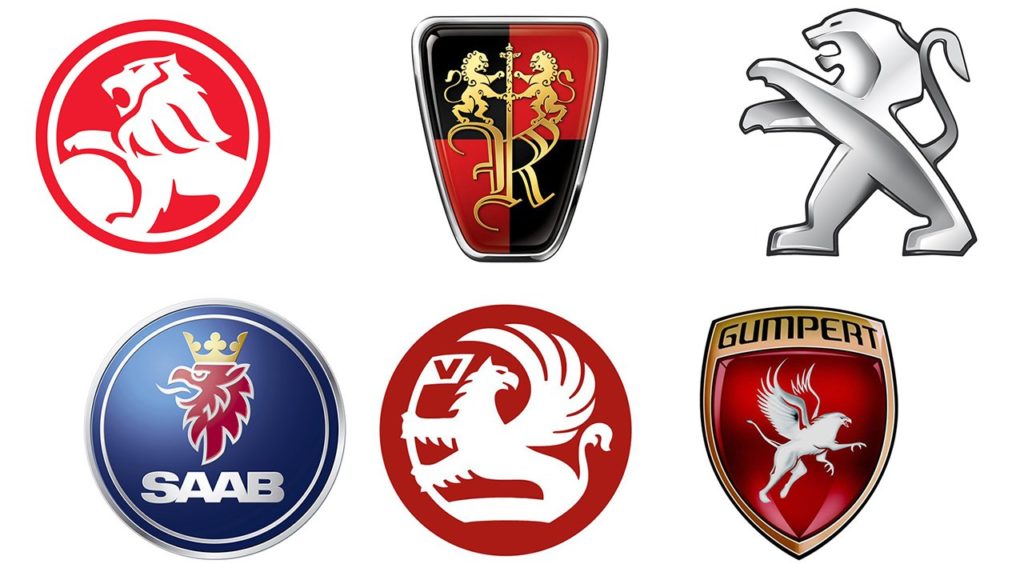
I wanted to animate these horses together as a way to remind myself of the dubiousness of certain distinctions, ie. “modern” vs “medieval”, “heraldry” vs “branding”…. Those who preach technology innovations often have a tendency to place society at the beginning of a big new story, with history stretching out behind us… But maybe the quintessential elements of “modern” life – technology, consumerism, flying – are better understood as part of a story with medieval, heraldic origins and qualities, a thread that is still unravelling? If the prancing horse in this context is toxic masculinity, then toxic masculinity, it seems, can literally be handed down, from generation to generation: from romans to knights, to racers, to flyers, to drivers, to techno-producing horse-breeders.
Or maybe, the opposite is true: the problem with any kind of grandiose narrative is that misses the subtleties of change, it tells the story of a “horse” when in fact the truth is messier, more fractured, more circumstantial…
In trying to capture this contradiction between two attitudes to history, I’ve set the animation at a frame rate 12 frames per second: quick enough to give the impression of one horse moving, slow enough to catch individual horses with their larger insignia contexts in light grey.
***
The early 20th century photographer Eadweard Muybridge essentially demystified the gait of a galloping horse, finally ending the debates which asked whether all four hooves ever leave the ground (the prevailing a priori “wisdom” at that time was: they don’t. In reality, they do).
In contrast to Muybrdiges’ demystified horse, it’s interesting to note that car manufacturers have never been interested in “updating” their horses/animals. They’re not really animals are they? They’re mythic beasts who care not for physics, biology, reality… In my string of “horses”, the horse-beast manages to rear up so that it jumps entirely off the ground – a feat only achievable by an animated heraldic beast engaged in the process of mystification.
You Might Also Like:
Van Luong (1)
 Kjell Zillen (4)
Kjell Zillen (4) Mels Dees (9)
Mels Dees (9) Gao Yu (4)
Gao Yu (4)Katya Lebedev (1)
Juan Dies (1)
 Anastasia Prahova (2)
Anastasia Prahova (2)Nena Nastasiya (7)
Taarn Scott (6)
 Cynthia Fusillo (20)
Cynthia Fusillo (20)Roberta Orlando (8)
 Nanda Raemansky (25)
Nanda Raemansky (25) Eliane Velozo (22)
Eliane Velozo (22)Leyya Mona Tawil (1)
Julia Dubovyk (2)
Jianglong (2)
 Iara Abreu (23)
Iara Abreu (23) Agathe Simon (1)
Agathe Simon (1)Rosetta Allan (1)
Elizaveta Ostapenko (5)
 Valentin Boiangiu (2)
Valentin Boiangiu (2) Wesley John Fourie (9)
Wesley John Fourie (9) Renato Roque (3)
Renato Roque (3)Rosa Gauditano (5)
Neerajj Mittra (34)
Ciana Fitzgerald (5)
Boris Moz (3)
 Katerina Muravuova (5)
Katerina Muravuova (5)Kyla Bernberg (1)
 Muyuan He (1)
Muyuan He (1)Liza Odinokikh (2)
 Amalia Gil-Merino (2)
Amalia Gil-Merino (2)Paulo Carvalho Ferreira (6)
 Anastasiia Komissarova (2)
Anastasiia Komissarova (2) Yumiko Ono (1)
Yumiko Ono (1) Stefania Smolkina (1)
Stefania Smolkina (1)Lena Adasheva (1)
 Zahar Al-Dabbagh (1)
Zahar Al-Dabbagh (1) Emily Orzech (6)
Emily Orzech (6) Fernanda Olivares (5)
Fernanda Olivares (5) Noor van der Brugge (3)
Noor van der Brugge (3) Ira Papadopoulou (2)
Ira Papadopoulou (2) Tom Chambers (8)
Tom Chambers (8) Titi Gutierrez (3)
Titi Gutierrez (3) Franz Wanner (2)
Franz Wanner (2) Crystal Marshall (6)
Crystal Marshall (6) Transpositions III (36)
Transpositions III (36) Riddhi Patel (3)
Riddhi Patel (3) Michele Kishita (2)
Michele Kishita (2)Damian Carlton (4)
 Deanna Sirlin (1)
Deanna Sirlin (1) Laura Salerno (3)
Laura Salerno (3) Nina Annabelle Märkl (12)
Nina Annabelle Märkl (12) Elina Fattakhova (1)
Elina Fattakhova (1) Tasha Hurley (1)
Tasha Hurley (1) Ian Hartley (2)
Ian Hartley (2) Laurence de Valmy (2)
Laurence de Valmy (2) Ilia Bouslakov (5)
Ilia Bouslakov (5) Andrea Ahuactzin Pintos (4)
Andrea Ahuactzin Pintos (4) Sveta Nosova (3)
Sveta Nosova (3)Carlos Carvalho (1)
 Maria Timofeeva (1)
Maria Timofeeva (1) Jinn Bug (2)
Jinn Bug (2) Johannes Gerard (3)
Johannes Gerard (3)Irène Mélix (1)
 Aba Lluch Dalena (3)
Aba Lluch Dalena (3) Fabian Reimann (1)
Fabian Reimann (1)Natalia Gourova (1)
 Kate Finkelstein (4)
Kate Finkelstein (4)Raina Greifer (1)
James McCann (2)
Naza del Rosal Ortiz (1)
 Jay Critchley Jay Critchley (1)
Jay Critchley Jay Critchley (1) Vicky Clarke (4)
Vicky Clarke (4) Maria Silva (4)
Maria Silva (4) Shir Cohen (5)
Shir Cohen (5) Peter Shenai (4)
Peter Shenai (4) Bo Choy (4)
Bo Choy (4)Alina Orlov (2)
 Olga Popova (3)
Olga Popova (3) Coco Spencer (2)
Coco Spencer (2) Filippo Fabbri (2)
Filippo Fabbri (2)Daniele Leonardo (5)
 SISTERS HOPE (1)
SISTERS HOPE (1) Scenocosme : Gregory Lasserre & Anais met den Ancxt (4)
Scenocosme : Gregory Lasserre & Anais met den Ancxt (4) Anne Fehres & Luke Conroy (6)
Anne Fehres & Luke Conroy (6) Olesya Ilenok (2)
Olesya Ilenok (2) Marie-Eve Levasseur (4)
Marie-Eve Levasseur (4) Natalia Tikhonova (2)
Natalia Tikhonova (2)Ildar Iakubov (1)
 Evgeniy Lukuta (7)
Evgeniy Lukuta (7) Jarkko Räsänen (5)
Jarkko Räsänen (5)Maria Guta (6)
Egle Kulbokaite Dorota Gaweda (6)
Thomas Kotik (1)
 Andrea Stanislav (3)
Andrea Stanislav (3)Ludmila Belova (1)
Alena Levina (1)
 Ilia Symphocat (2)
Ilia Symphocat (2)Yevgeniy Fiks (1)
Star Smart(Formerly Trauth) (18)
Jyoti Arvey (1)
Les Joynes (2)
 Ekaterina Ivanova (1)
Ekaterina Ivanova (1) Lev Shusharichev (1)
Lev Shusharichev (1)Michael Stebackov (5)
Ryan Griffith (3)
Lidia Gordeenko (3)
 Masha Danilovskaya (7)
Masha Danilovskaya (7) Irina Korotkaya (2)
Irina Korotkaya (2) WagtailFilms Oksana Bronevitskaia&Dmitry Zhukov (5)
WagtailFilms Oksana Bronevitskaia&Dmitry Zhukov (5)Kostya Diachkov (1)
Elena Sokolova (3)
Alexander Nikolsky (2)

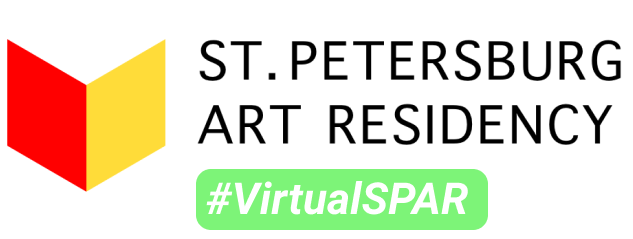
4 Comments
Hi, Peter!
Thank you for sharing this investigation, it is truly exciting. Can’t help but look for more horses during my walk around the city today 🙂 And yes, those mythological beasts from the past are still around us. I think that logos of today’s corporations offer some great material for artistic research. I just recently read an interview with Rob Janoff, who created the Apple logo, super interesting.
Hi Anastasia – thanks for those comments! Will definitely check out the Rob Janoff interview – can you recall where you found it? And yes – this could become a bigger research/creative strand for me, looking into the way family/mythic legacies live on in corporate branding…
I find the process of demystification and mystification really interesting here, and Muybridge is super relevant in that regard. Muybridge demystified the horse – stripped it of a myth – by isolating these images. Similarly these logos, as individual images, are stripped of the chivalric myths that spawned them. By animating them – doing a reverse Muybridge – you have highlighted the myths they belong to, and given us a chance to look at how we are buying into cultural stories in order to perpetuate parts of society that we lack the courage to change.
Very interesting read. I’ve seen these iconographic horses all the time and thought nothing of them and their inherent history. It seems everything starts to unravel when you start to place all the puzzle pieces together. It goes to show if you don’t understand symbols you simply don’t have a true understanding of the world. History always seems repeats itself and the icons still live today representing things of the past – status, race amongst other things.
I love the quote “An ultra-rich minority buy into the myth, crusading like pseudo-knights in horseless carriages, while the rest of us peasants worry about the tipping points of the climate disaster” greatly put!